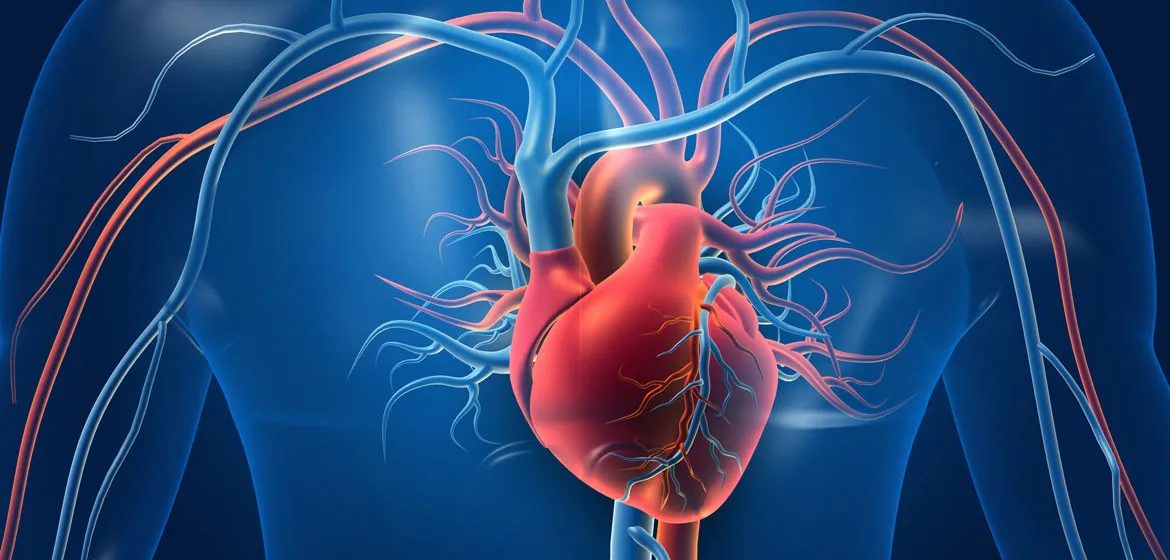Ischemic Stroke ICD-10: Navigating the Coding Landscape
In the dynamic realm of healthcare, accurate and detailed coding is crucial for understanding and addressing various medical conditions. When it comes to ischemic stroke, the use of International Classification of Diseases, 10th Edition (ICD-10) codes plays a pivotal role in capturing the nuances of this condition. Let’s delve into the intricacies of ischemic stroke ICD-10 coding and explore why it’s essential for healthcare professionals.
- Introduction
- Understanding Ischemic Stroke ICD-10
- Key Components of Ischemic Stroke ICD-10 Codes
- Challenges in Coding Ischemic Stroke
- Importance of Accurate Coding
- Tips for Effective Ischemic Stroke ICD-10 Coding
- Continuous Education for Coders
- Utilizing Official Coding Guidelines
- Regular Updates on Coding Changes
- Common Misconceptions about Ischemic Stroke ICD-10
- Real-Life Examples
- Future Trends in ICD-10 Coding for Ischemic Stroke
- Technological Advancements
- Integration with Electronic Health Records
- Implications for Healthcare Professionals
- Resources for Learning and Improving ICD-10 Coding
- The Role of Healthcare Providers in ICD-10 Coding
- Continuous Improvement in Coding Practices
- Addressing the Human Element in Coding
- Conclusion
Introduction
Definition of Ischemic Stroke
An ischemic stroke occurs when blood flow to the brain is obstructed, leading to a lack of oxygen and nutrients. This can result in serious complications, making timely and precise diagnosis crucial.

Importance of ICD-10 Coding
ICD-10 coding is the standardized system used globally to classify and code various health conditions. In the case of ischemic stroke, these codes provide a standardized language for communication among healthcare professionals, insurers, and researchers.
Understanding Ischemic Stroke ICD-10
What is ICD-10?
ICD-10, developed by the World Health Organization (WHO), is a comprehensive coding system that allows for the classification of diseases and health-related problems. It provides a detailed framework for accurate representation in medical records.
Specific Codes for Ischemic Stroke
Ischemic strokes are coded with specificity, considering factors such as the location in the brain, the type of stroke, and any potential sequelae. This level of detail aids in crafting targeted treatment plans.
Coding Guidelines and Accuracy
To ensure consistency, healthcare providers must adhere to coding guidelines. Accuracy is paramount, as it influences everything from patient care to healthcare statistics and research outcomes.
Key Components of Ischemic Stroke ICD-10 Codes
Location-Based Codes
Codes for ischemic strokes consider the specific location in the brain affected, enhancing precision in diagnosis and treatment planning.
Type of Ischemic Stroke
ICD-10 differentiates between various types of ischemic strokes, such as embolic or thrombotic, enabling healthcare professionals to tailor interventions accordingly.
Sequela Codes
Sequela codes capture the aftermath of an ischemic stroke, providing a comprehensive picture of the patient’s health status for ongoing care.
Additional Modifiers
Modifiers in ICD-10 coding allow for further clarification, ensuring that the code reflects the complete clinical scenario.
Challenges in Coding Ischemic Stroke
Variability in Symptoms
The diverse symptoms associated with ischemic strokes pose a challenge for accurate coding. Continuous education for coders is vital to stay updated on symptomatology.
Evolving Medical Terminology
Medical language evolves, and keeping coding practices aligned with the latest terminology is essential for precision.
Coding for Comorbidities
Ischemic strokes often coexist with other health conditions. Coding should account for these comorbidities to present a comprehensive patient profile.
Importance of Accurate Coding
Impact on Healthcare Statistics
Accurate coding directly influences healthcare statistics, aiding in the identification of trends and allocation of resources.
Facilitating Research and Analysis
Researchers rely on coded data to conduct studies. Precise coding ensures reliable outcomes for medical research.
Enhancing Patient Care
Detailed codes contribute to a more comprehensive understanding of a patient’s health, facilitating personalized and effective care plans.
Tips for Effective Ischemic Stroke ICD-10 Coding
Continuous Education for Coders
Given the evolving nature of healthcare, coders must engage in ongoing education to stay abreast of coding updates and changes.
Utilizing Official Coding Guidelines
Official guidelines provide a roadmap for accurate coding. Healthcare institutions should encourage adherence to these guidelines.
Regular Updates on Coding Changes
Regular updates on coding changes, either through workshops or online resources, ensure that healthcare professionals remain informed.
Common Misconceptions about Ischemic Stroke ICD-10
One-Size-Fits-All Coding
Ischemic strokes vary widely. A generic approach to coding may lead to inaccuracies in diagnosis and treatment.
Ignoring Specificity in Codes
Detailed coding might seem time-consuming, but the benefits in terms of accurate patient representation far outweigh the drawbacks.
Real-Life Examples
Case Studies of Accurate vs. Inaccurate Coding
Examining real cases highlights the tangible impact of accurate coding on patient outcomes and overall healthcare quality.
Patient Outcomes Linked to Accurate Coding
Exploring instances where accurate coding positively influenced patient outcomes underscores the importance of precision in this process.
Future Trends in ICD-10 Coding for Ischemic Stroke
Technological Advancements
Advancements in technology, such as artificial intelligence, may revolutionize coding practices, enhancing efficiency and accuracy.
Integration with Electronic Health Records
The seamless integration of ICD-10 coding with electronic health records streamlines data management and accessibility.
Implications for Healthcare Professionals
Healthcare professionals must stay attuned to emerging trends, adapting their coding practices to align with evolving standards and technologies.
Resources for Learning and Improving ICD-10 Coding
Online Courses
Various online courses offer comprehensive training in ICD-10 coding, catering to both beginners and experienced coders.
Professional Workshops
Participating in workshops provides hands-on experience and allows coders to interact with experts in the field.
Networking Opportunities
Engaging with peers and experts through networking events fosters a collaborative learning environment.
The Role of Healthcare Providers in ICD-10 Coding
Collaboration between Coders and Clinicians
Effective communication and collaboration between coders and clinicians are imperative for accurate coding and better patient outcomes.
Importance of Documentation
Thorough and detailed documentation by healthcare providers facilitates precise coding, leaving no room for ambiguity.
Continuous Improvement in Coding Practices
Feedback Mechanisms
Establishing feedback mechanisms within healthcare institutions helps identify areas for improvement in coding practices.
Adapting to Changes in Healthcare
As healthcare evolves, coding practices must adapt. Flexibility in coding ensures that it remains aligned with current standards.
Addressing the Human Element in Coding
Empathy in Healthcare
Amidst the technicalities of coding, it’s crucial to maintain empathy. Recognizing the human element ensures a holistic approach to patient care.
Balancing Technicality with Compassion
Striking a balance between the technical aspects of coding and compassionate care leads to a more patient-centric healthcare system.
Conclusion
In navigating the complex landscape of ischemic stroke ICD-10 coding, precision and continuous education are paramount. Accurate coding not only shapes healthcare statistics but also directly influences patient outcomes. As healthcare professionals, embracing the evolving nature of coding practices ensures the delivery of high-quality and personalized patient care.
FAQs
- What is the primary purpose of ICD-10 coding? ICD-10 coding serves as a standardized system for classifying diseases and health-related problems, facilitating communication and data analysis in healthcare.
- How often are ICD-10 codes updated? ICD-10 codes undergo regular updates to align with evolving medical knowledge and terminology. Updates are typically released annually.
- Can a single ICD-10 code cover multiple conditions? While it’s possible, accurate coding often requires specificity. Multiple codes may be necessary to comprehensively represent a patient’s health status.
- What challenges do healthcare providers face in ischemic stroke coding? Variability in symptoms, evolving medical terminology, and coding for comorbidities pose challenges in achieving accurate ischemic stroke coding.
- Are there penalties for incorrect ICD-10 coding? Inaccurate coding can lead to billing issues and affect healthcare statistics. While not punitive, it emphasizes the importance of precision in coding practices.










